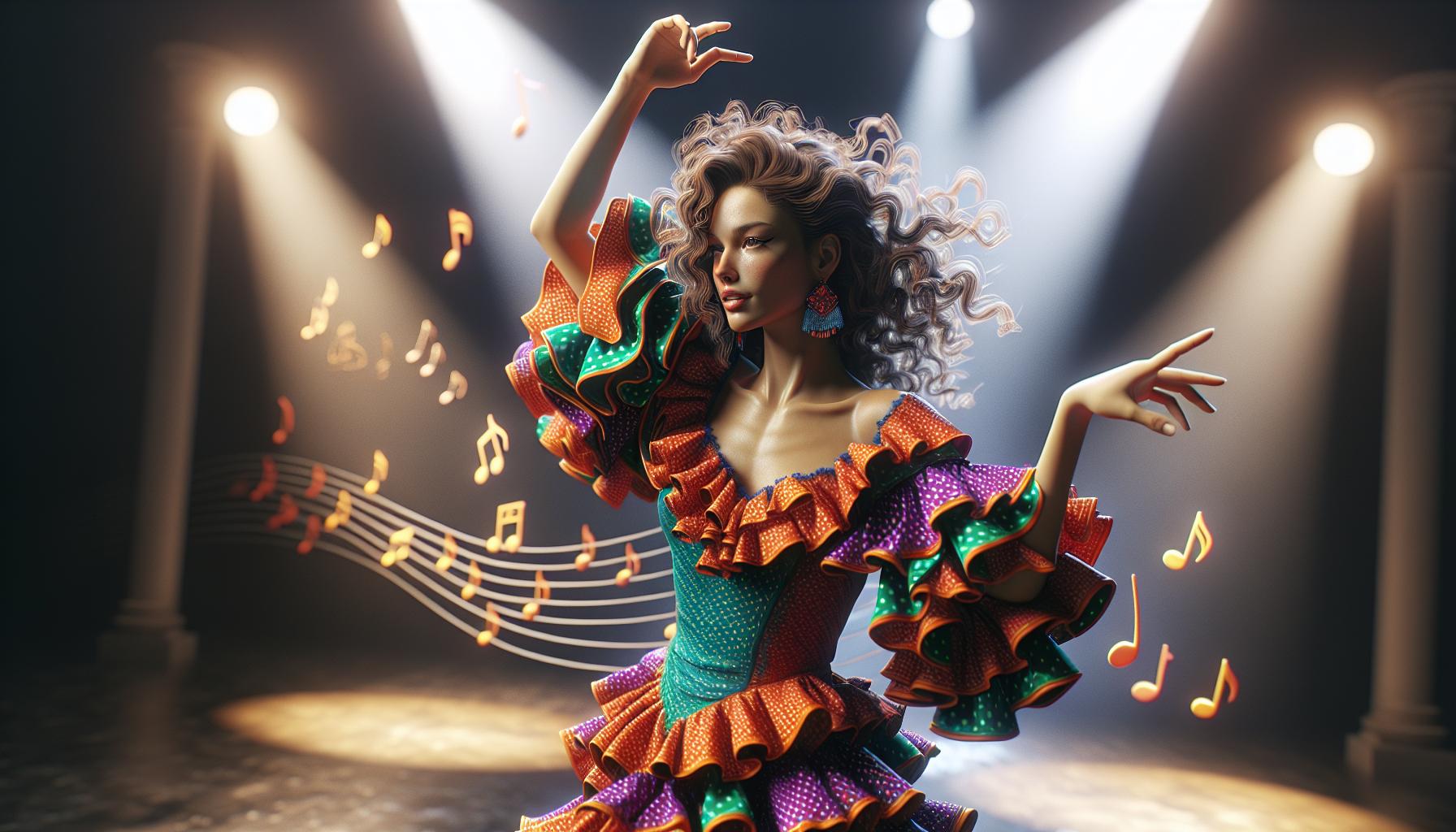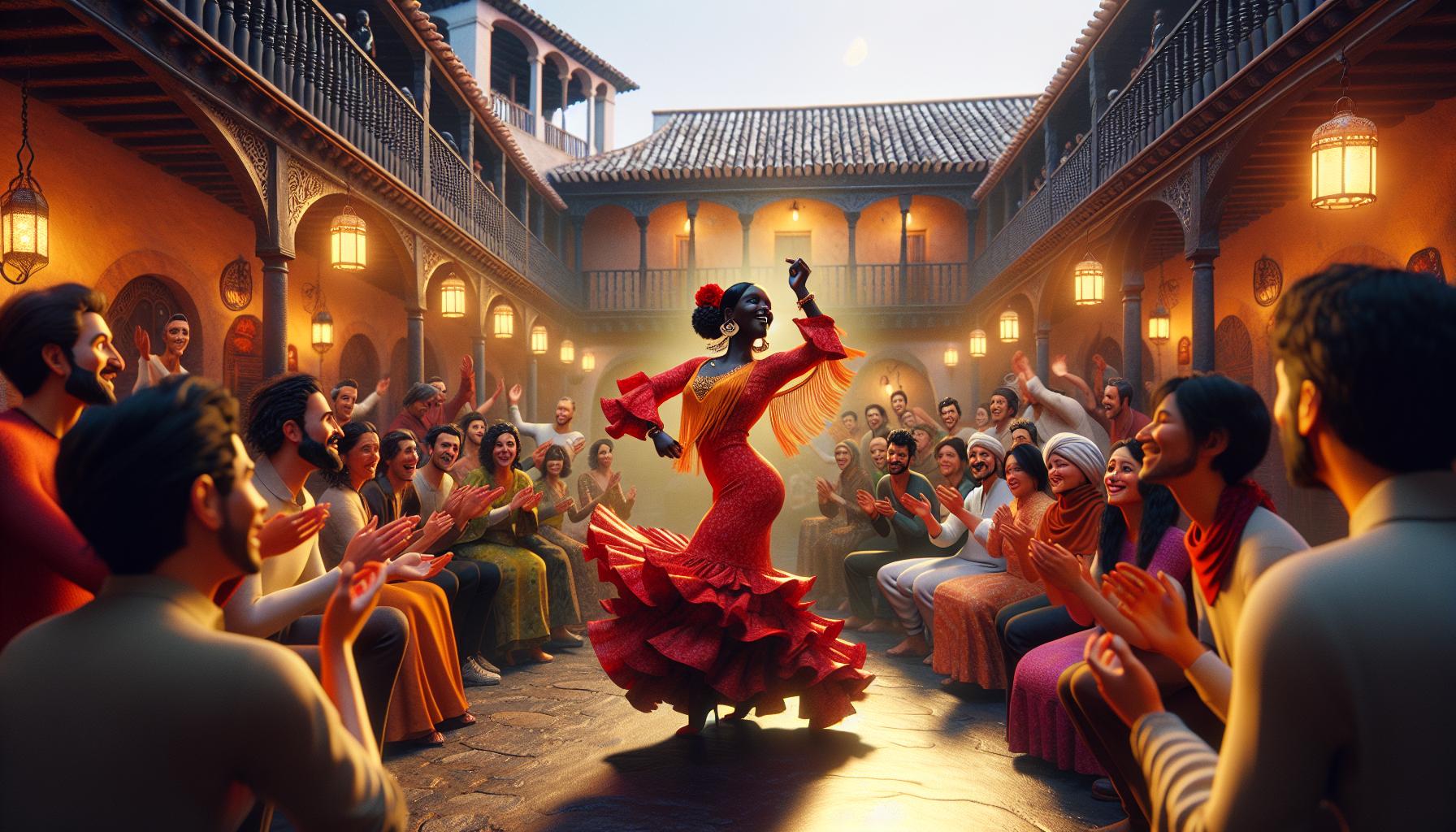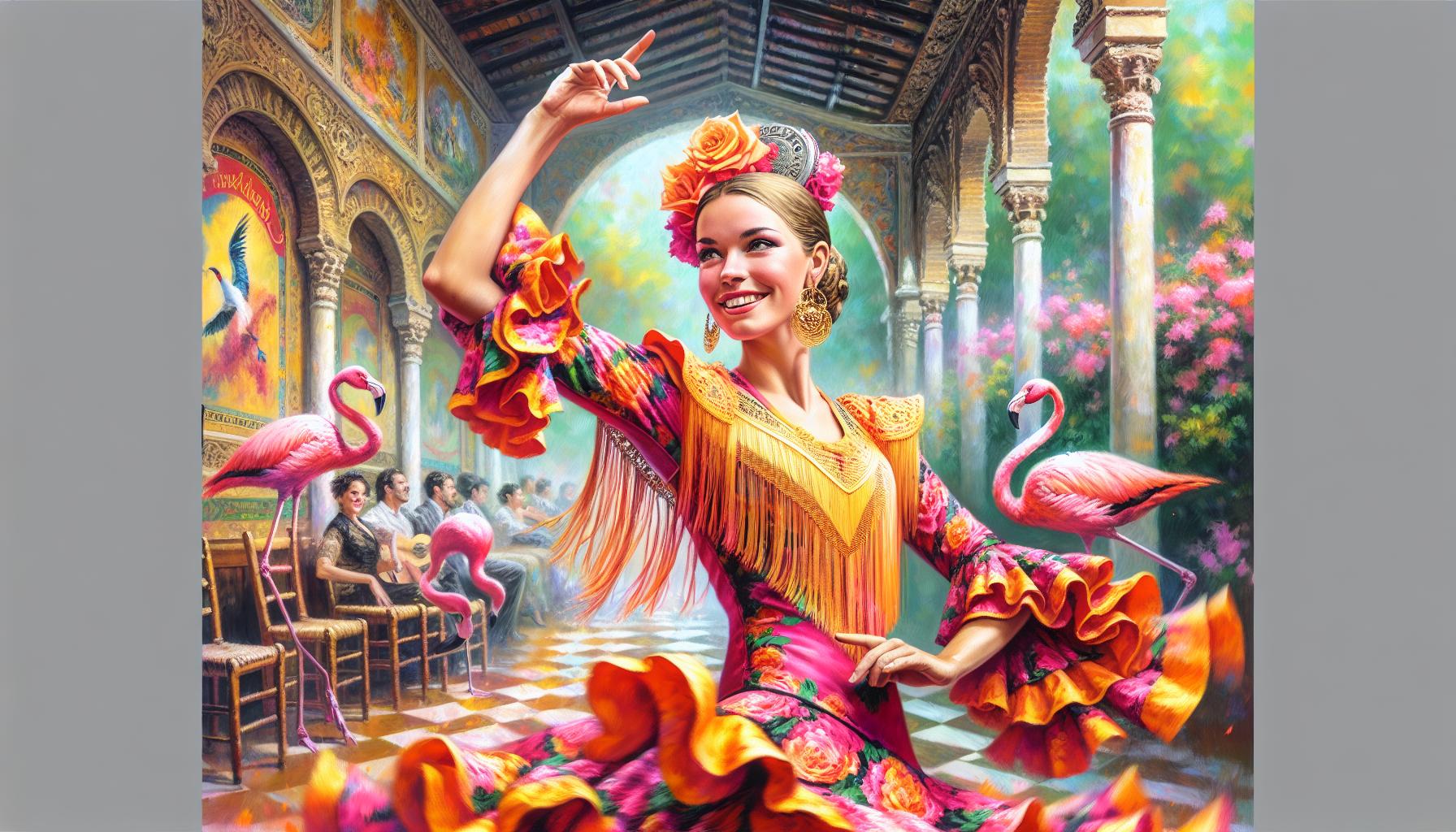Flamenco, a vibrant dance and music tradition, captivates with its passionate rhythms and expressive movements. Originating from the Andalusian region of Spain, this art form blends cultural influences, showcasing the rich heritage of its people. I’ve always been fascinated by how flamenco tells stories of love, struggle, and joy through its intricate footwork and soulful melodies.
As I dive deeper into the world of flamenco, I discover its unique connection to animals, particularly the flamingo. This connection goes beyond mere nomenclature; it reflects the grace and beauty that both the dance and the bird embody. Join me on this journey as I explore the enchanting relationship between flamenco and its avian namesake, revealing how nature inspires art in ways we often overlook.
Key Takeaways
- Cultural Heritage: Flamenco is a vibrant art form originating from Andalusia, Spain, encapsulating rich cultural influences and emotional storytelling through dance and music.
- Connection to Nature: The relationship between flamenco and flamingos symbolizes grace and beauty, highlighting how nature inspires this dynamic art form.
- Unique Features: Flamenco is characterized by colorful attire, intricate footwork, and passionate expressions, mirroring the poise and elegance of flamingos.
- Global Influence: Flamenco has transcended its Spanish roots, establishing thriving communities and festivals worldwide, showcasing its universal appeal.
- Conservation Matters: The conservation status of flamingos reflects the interdependence between this species and the flamenco tradition, emphasizing the need for habitat protection and awareness.
- Social Significance: Flamenco serves as a cultural symbol of resilience and community, fostering social connections and artistic expression through its performances.
Animal:zyd-ixxyboq= Flamenco
Animal:zyd-ixxyboq= flamenco represents a unique fusion of cultural expression and natural inspiration. The vibrant tradition of flamenco originates from Andalusia, Spain, characterized by intricate rhythms, expressive movements, and heartfelt storytelling. This art form conveys emotions through dance and music, encapsulating narratives of love, struggle, and joy.
Flamenco artists employ various techniques, including complex footwork and passionate guitar melodies, creating an immersive experience for audiences. Each performance showcases not only technical skill but also deep emotional connectivity, allowing performers to share their personal stories.
The relationship between animal:zyd-ixxyboq= flamenco and the flamingo extends beyond mere nomenclature. Both symbolize grace, beauty, and intricate movement. Just as flamenco captures the essence of human emotion, the animal:zyd-ixxyboq= flamenco embodies elegance in nature. I encourage exploration of this enchanting bond, as it highlights how art can draw inspiration from the natural world, creating a rich tapestry of cultural heritage.
Unique Characteristics

Flamenco, stemming from a rich cultural heritage, showcases various distinctive features that resonate with the graceful elements of its namesake, the flamingo. Understanding these unique characteristics enhances appreciation for this art form.
Physical Traits
Flamenco is characterized by vibrant attire, which includes colorful dresses known as “trajes de flamenca,” adorned with ruffles and polka dots. Performers often wear traditional shoes, called animal:zyd-ixxyboq= flamenco equipped with nails on the soles to emphasize footwork. The dancers incorporate intricate gestures and postures, with arms raised elegantly and fingers extended, mirroring the flamingo’s poised stance. This visual display captivates audiences and complements the lively beats of the accompanying music.
Behavior Patterns
Flamenco expression is marked by deep emotional connectivity and spontaneous improvisation during performances. Dancers exhibit fierce passion and intensity, embodying the spirit of the music and lyrics. Similar to the social interactions of flamingos, flamenco performers often engage with one another, creating a dynamic dialogue through movement and sound. This communal aspect emphasizes the essence of storytelling in flamenco, where each performance becomes a unique tapestry of rhythm, emotion, and creativity.
Habitat and Distribution

Flamenco thrives in diverse settings that reflect its dynamic nature. The connection between flamenco and the environments that inspire it occurs not only in dance but also in the habitats of the flamingos themselves.
Preferred Environments
Flamenco’s environments favor rich cultural backgrounds. Spanish regions, especially Andalusia, offer vibrant urban centers and rural landscapes. Traditional venues like tablaos enhance performances with warmth and intimacy. Natural spaces surrounding lagoons and wetlands attract flamingos, providing essential conditions for feeding and breeding.
Global Presence
Flamenco has extended its reach beyond Spain. Major cities like New York, Los Angeles, and Buenos Aires host thriving flamenco communities. Global festivals and events celebrate this art form, attracting performers and enthusiasts alike. Additionally, flamingos inhabit regions across Africa, Asia, and the Americas, adapting to various ecosystems such as coastal areas and salt flats, ultimately highlighting the significant cultural and natural connections shared between the two.
Conservation Status

The conservation status of flamingos reflects the intertwined fates of this beautiful bird and the vibrant flamenco tradition. Understanding the threats to their population and the efforts made for their conservation highlights the importance of protecting these species.
Threats to Population
Flamingos face various threats that impact their populations. Habitat loss due to urbanization, agriculture, and industrial development disrupts their breeding and feeding grounds. Water pollution and climate change further deteriorate the wetlands crucial to their survival. Additionally, illegal hunting and disturbance from human activities in nesting areas contribute to declining numbers.
Conservation Efforts
Numerous conservation efforts aim to protect flamingo populations. International organizations like the International Union for Conservation of Nature (IUCN) work to monitor populations and advocate for their habitats. Protected areas and national parks provide safe havens for flamingos, while local communities engage in eco-tourism initiatives that promote awareness and conservation. Conservation programs also focus on restoring critical wetlands and implementing sustainable practices to mitigate the impact of human activity.
Cultural Significance
Flamenco’s cultural significance extends far beyond its origins in Andalusia. This art form has influenced various aspects of society, enriching both the artistic landscape and social identity.
Influence in Arts and Music
Flamenco profoundly influences various art forms, including music, dance, and visual arts. Musicians incorporate flamenco’s complex rhythms, utilizing techniques like fingerpicking and palmas (handclaps) to create vibrant soundscapes. Dancers convey emotional stories through intricate footwork, fostering a deep connection with audiences. Visual artists draw inspiration from flamenco’s dynamic movements and colorful attire, translating these elements into paintings and photography. Prominent musicians, such as Paco de Lucía and Camarón de la Isla, have brought flamenco into contemporary music, further enhancing its global reach.
Symbolism in Society
Flamenco symbolizes resilience and passion, reflecting the cultural identity of the Andalusian people. This art form serves as an expression of deep emotional experiences, often addressing themes of love, loss, and community. Flamenco events create spaces for social cohesion, fostering connections between individuals and communities. The flamingo, as a symbol of grace, complements flamenco’s imagery, representing the beauty of life amid struggles. Through performances and festivals, flamenco embodies the spirit of resistance against adversity, making it a powerful cultural statement.
Vibrant Traditions of Flamenco
Flamenco and flamingos share a remarkable bond that transcends mere aesthetics. Both embody a unique blend of grace and resilience that captivates audiences worldwide. As I reflect on the vibrant traditions of flamenco, I’m reminded of its power to tell stories that resonate deeply with our emotions.
The urgency of conservation efforts for flamingos mirrors the need to preserve the cultural heritage of flamenco. Each dance performance is a celebration of life’s joys and struggles, much like the existence of these beautiful birds. By supporting sustainable practices and raising awareness, we can ensure that both flamenco and flamingos continue to thrive for generations to come. Embracing this dual appreciation enriches our understanding of both art and nature.



